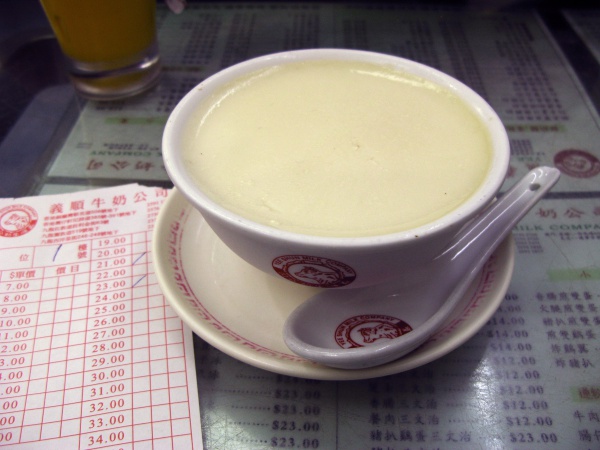Facts About Ginger milk curd
Ginger milk curd, also known as ginger-juice milk curd, ginger milk pudding, or simply ginger milk, is a cherished Chinese dessert originating from the Shunde District in Guangzhou, situated in the Guangdong Province of southern China. This delightful treat is crafted from just a few basic ingredients: ginger, milk, and sugar. Traditionally, the recipe calls for water buffalo milk, but cow's milk works just as well.
To prepare ginger milk curd, start by chopping some mature ginger into small pieces and grinding it finely. Then, press it through a sieve to extract the juice. Subsequently, dissolve some sugar in boiled milk. The key to this dessert is achieving the right milk temperature—approximately 70°C (158°F). Once the milk has reached the ideal temperature, pour it into the ginger juice. In a few minutes, the mixture will curdle, creating a creamy, spoonable texture.
So, what’s the science behind this magical transformation? The secret lies in an enzyme found in ginger called zingipain. This enzyme is most active at temperatures between 40-60°C (104-140°F) and reaches its peak curdling power at 70°C (158°F). Milk comprises fat globules and casein micelles, which are proteins suspended in a mix of water, sugar, whey protein, and minerals. These casein micelles contain various proteins, including κ-casein, located on the outer surface of the micelle.
When you mix the ginger juice with the warm milk, the zingipain enzyme targets the κ-casein, breaking it down and causing the casein micelles to destabilize and coagulate. This process separates the hydrophilic (water-attracting) and hydrophobic (water-repelling) parts of the casein molecules, leading to the formation of curds. The result is a smooth, tofu-like consistency that is unique in both texture and flavor.
And there you have it! A simple yet fascinating dessert that’s as enjoyable to make as it is to eat. Enjoy your ginger milk curd!

 Mongolia
Mongolia